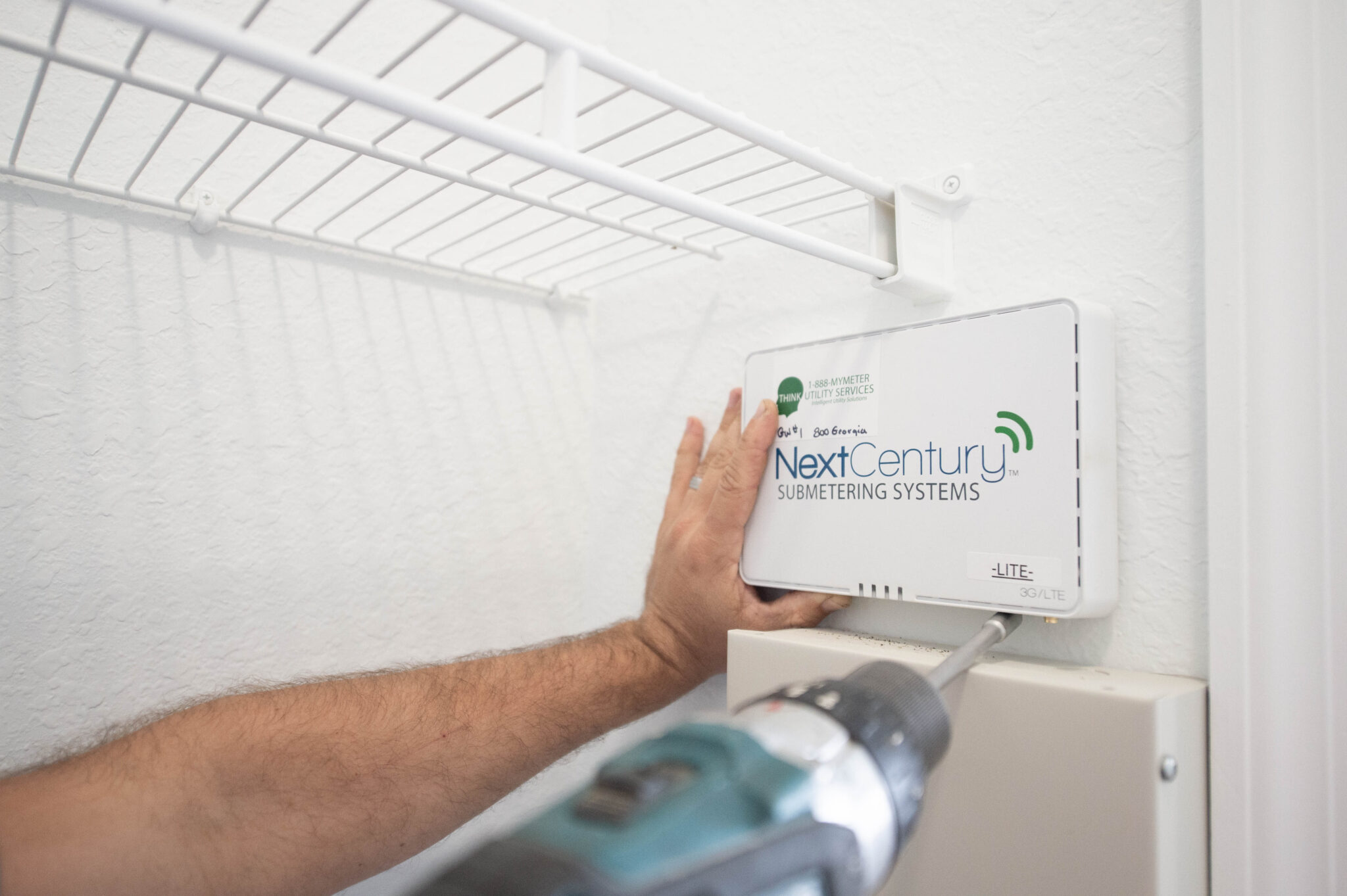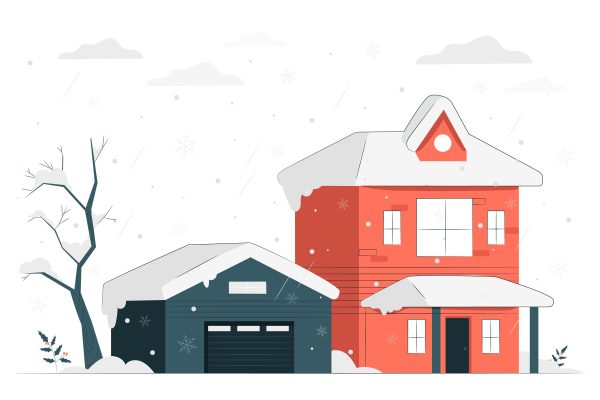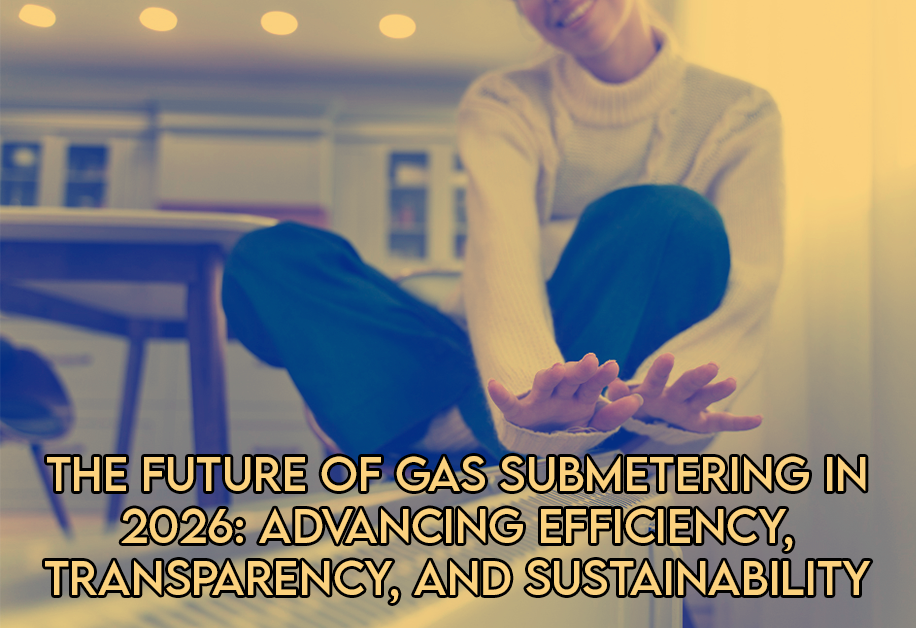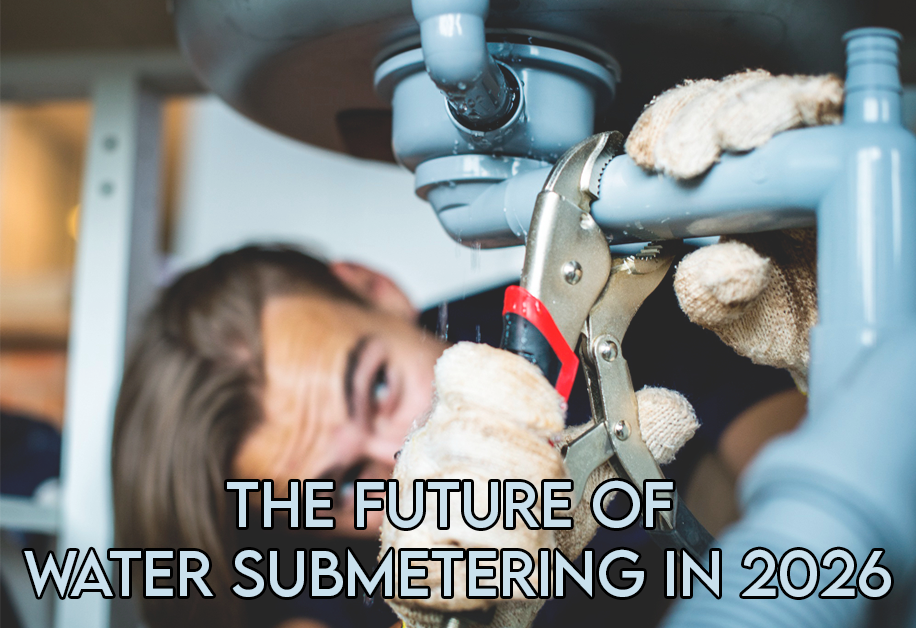
FAA 2023 Annual Conference & Tradeshow
August 15, 2023
The Future of Submetering: A Glimpse into Tomorrow’s Utility Management
October 27, 2023Confronting Winter Challenges: The Submetering Dilemma of Frozen Pipes
As winter's icy grip tightens, homeowners and property managers face an annual challenge that can lead to costly damage and inconvenience: frozen pipes. While this issue is well-known, a lesser-discussed problem lies in the context of submetering. Submetering, the practice of measuring individual units' utility consumption within a multi-unit property, can compound the risks associated with frozen pipes. This article delves into the potential issues that arise when submetering meets frozen pipes, offering insights into why this problem occurs and suggesting strategies to mitigate its impact.
The Submetering Advantage
Submetering is a widely-used method in multi-unit properties to accurately assess tenants' utility consumption, promoting conservation and equitable distribution of costs. This practice enables individual residents to have greater control over their energy usage, ultimately leading to more responsible resource consumption. Submetering also helps property owners and managers gain valuable insights into energy patterns, enabling informed decision-making for energy efficiency initiatives.
Submetering Meets Frozen Pipes
Frozen pipes are a well-documented winter nightmare, often resulting in extensive damage, repair costs, and tenant inconveniences. When submetering is implemented within a property, the potential consequences of frozen pipes can be amplified, leading to a range of complex issues.
Delayed Detection
Submetering can make it more challenging to detect frozen pipes in a timely manner. Traditional centralized metering systems may alert property managers to unusually high water usage, indicating a potential issue. With submetering, however, the freeze-induced reduction in water flow might not be as evident, delaying detection and intervention.
Inaccurate Billing
Frozen pipes can cause a temporary reduction in water usage, leading to inaccurate utility bills for affected tenants. This could result in disputes between property managers and residents over billing discrepancies, as the submetering data might not accurately reflect the true usage during the freeze period.
Maintenance and Repair Costs
The complexities of submetering infrastructure can exacerbate maintenance and repair costs. Accessing individual units for inspections and repairs can be more cumbersome, especially when submetering systems are installed in non-standard locations or less accessible areas.
Mitigation Strategies
To effectively address the intersection of frozen pipes and submetering, property managers and homeowners can implement several strategies:
Education and Communication
Proactive communication with tenants is essential. Providing information on how submetering affects billing during freeze events can help manage expectations and prevent disputes.
Temperature Monitoring
Installing temperature sensors in vulnerable areas can provide early warnings of freezing conditions. These sensors can be integrated with the submetering system to trigger alerts to property management.
Remote Monitoring
Leveraging technology, property managers can remotely monitor submetering data to detect unusual patterns that may indicate frozen pipes. This enables quicker response times and more effective problem resolution.
Regular Inspections
Routine inspections of submetering infrastructure can identify potential issues before they escalate. This includes ensuring proper insulation and protection of submetering equipment in areas prone to freezing.
Emergency Protocols
Establishing clear protocols for dealing with frozen pipes within a submetered property is crucial. Quick response times and effective communication can minimize damage and tenant discomfort.
Frozen pipes pose a significant challenge for property owners and managers during the winter months. When combined with the complexities of submetering, these challenges can become even more intricate. By staying vigilant, employing advanced technologies, and establishing proactive communication, property stakeholders can effectively mitigate the impact of frozen pipes within submetered properties. Balancing the benefits of submetering with the risks of frozen pipes requires a multifaceted approach that prioritizes tenant well-being, cost-efficiency, and responsible resource management.





